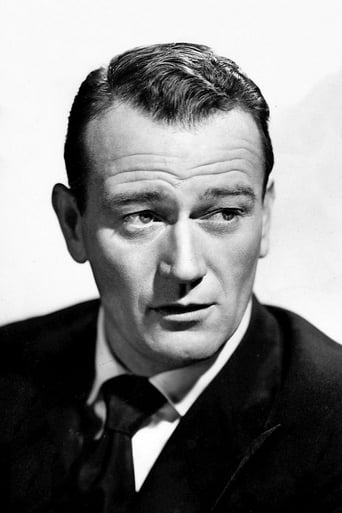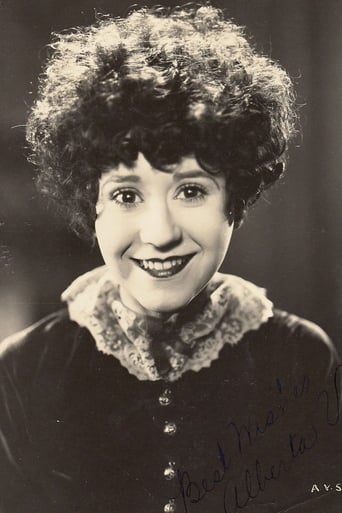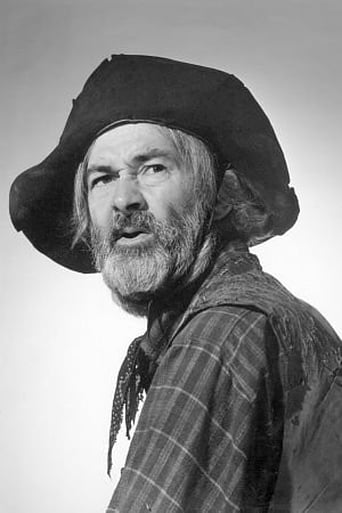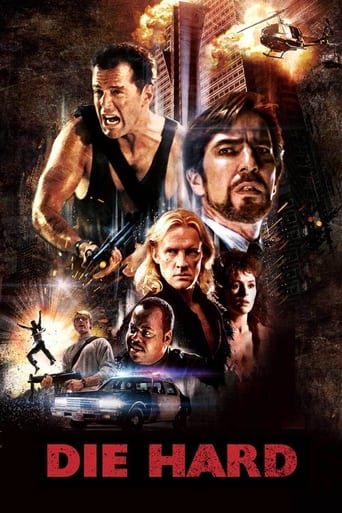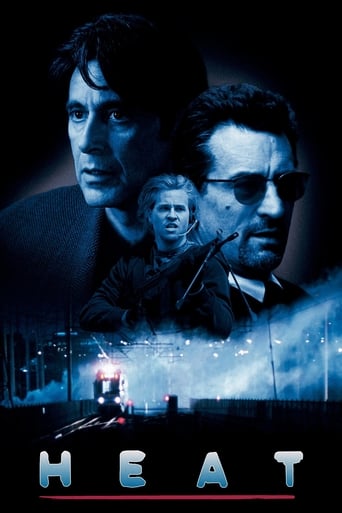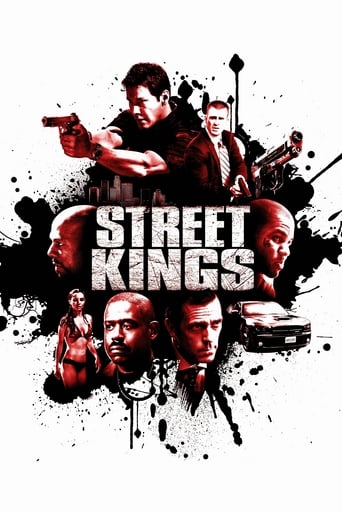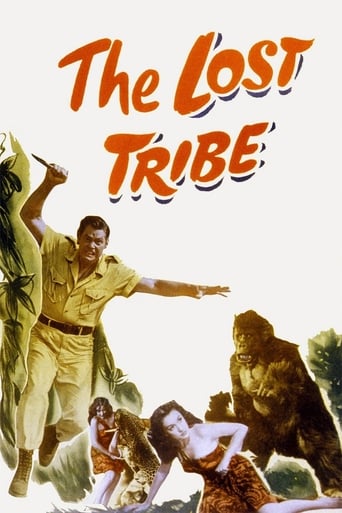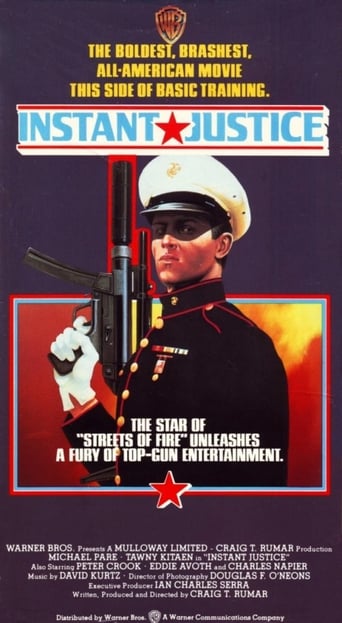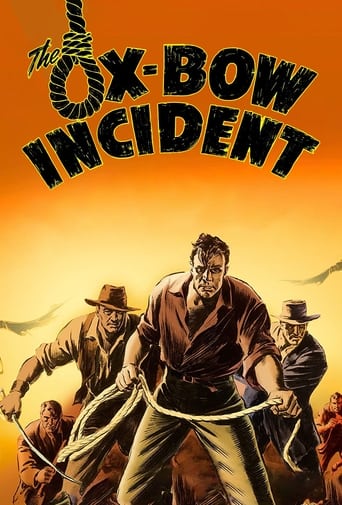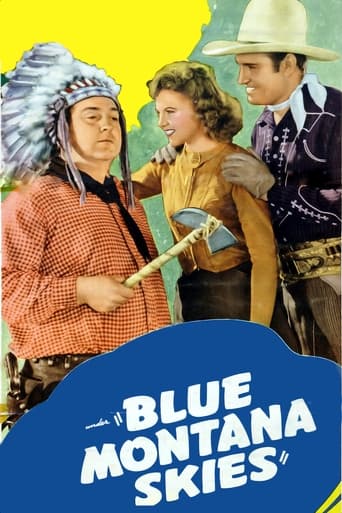
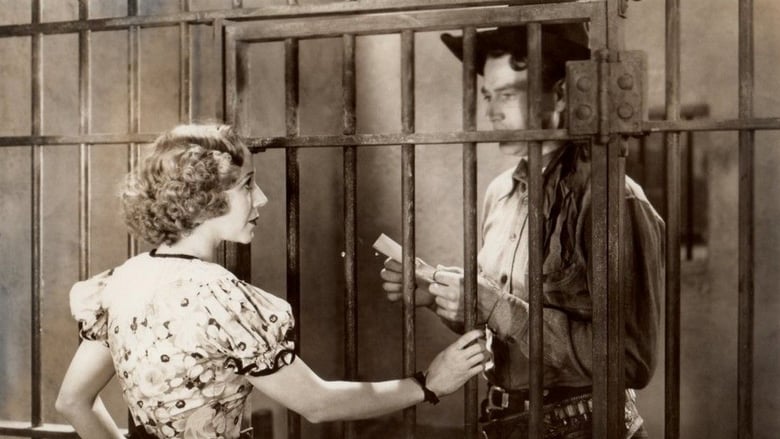
Randy Rides Alone (1934)
Bandits lead by Matt the Mute enter a bar and kill multiple people. Randy Bowers comes to town and is framed by Matt the Mute, who is working with the sheriff (who doesn't know Matt is really a criminal). Randy escapes with the help of the niece of the dead owner of the bar. Bowers ends up running from the sheriff, and ends up in the cave in which the bandits have their hide-out…
Watch Trailer
Cast


Similar titles
Reviews
This movie begins with a lone cowboy by the name of "Randy Bowers" (John Wayne) riding to a saloon on the outskirts of a small town out west. When he enters he notices 4 or 5 dead bodies and a safe that has apparently been ransacked. Unfortunately for Randy a posse arrives while he is looking at some remaining documents in the safe and he is arrested for murder. What neither he nor the sheriff realizes however is that there was someone still inside the saloon who was watching everything that happened. Not only that, but as the movie progresses it becomes even more obvious that things aren't necessarily as they seem. Now, as far as the merits of this movie are concerned I must say that, even though it has John Wayne as the main character, this film was clearly produced before his rise to super stardom. Although he manages to hold his own as far as acting is concerned the rest of the cast were not nearly as competent. On that score it certainly didn't help that the script was extremely weak as well. Less critically, I have attributed the fact that this movie was filmed in black and white and lasts only 53 minutes as simply a product of its time (1934). Even so, I still have to call it like I see it and I have rated this movie accordingly. Slightly below average.
This was a fun old time western that was well plotted and fast moving.John Wayne enters a "deserted" bar that is host to dead men. It is eerily empty except for a player piano running through its program and a set of eyes peering through a picture. This was pretty cool stuff for a 1934 early talkie. Shortly we find that the set of eyes belong to an attractive young female, Alberta Vaughn, who is sole owner of the tavern now that her father has been murdered. We are introduced to other major players. . The most interesting is Matt the Mute. He is played by Gabby Hayes who doesn't resemble the Gabby Hayes that we are used to. He has no beard. There are a few other differences that would give too much plot away. We shortly find out that John is on the side of the good guys. Good triumphs over bad as it should in all good old westerns. Throw in the great stunt rider, Yakima Canutt and Earl Dwire, who looked like his character of the old time sheriff. And you've got a fun old time western.
John Wayne enters a saloon to find a player piano tinkling the ivories to a room full of dead people and is promptly arrested! The real culprit is Hayes, who masquerades as kindly Matt the mute (!) and had the men killed as part of a land grab scheme.There isn't as much action in Randy Rides Alone as there is in some of the other John Wayne/ Lone Star productions, though there are a few good stunts courtesy of Yakima Canutt, the one where he leaps forward off a rolling horse being a particular standout.What really makes this good is the irresistible chance to see one of the few performances in which the clean shaven George Hayes plays a black-hatted heavy.Waynes quip, "That's the end of Matt the mute.", is priceless!
This is one of the few Lone Star Wayne westerns in which George(later "Gabby") Hayes was the chief villain rather than working with Wayne in bringing the baddies to justice. As in the other film in this series I have seen where Hayes was the chief villain, he is barely recognizable as the same person who played an oldtimer during this period as well as later. After he left Lone Star, he would(to my knowledge) be seen exclusively in his oldtimer role. As the villain, he was usually clean- shaven and lacked his distinctive oldtimer toothless manner of speech and improvised vocabulary. In the present film, he is seen in two incarnations: Matt the Mute, a bespectacled hunchbacked old man about town with a generous mustache, looking rather like TR, who can hear but not talk, and clean-shaven 20-20 visioned Marvin Black, a notorious outlaw leader who lives in a hideout behind a waterfall, some miles out of town. Black usually lives up to his name, dressed in all black, including his hat, in contrast to the rest of his gang and to Matt the Mute. As Matt, he often learns information relevant to his outlaw schemes.Wayne rides into town as a government special investigator, with the goal of infiltrating the Black gang. No one knows of his real status except for Sally, the niece of the recently murdered proprietor of the Half Way House. Black's present goal is to steal a large stash of cash believed somewhere in the Half Way House and to arm twist Sally, as the heir, into selling this establishment to him. Wayne is suspected by the town folk of the murder of Sally's uncle and others, although Sally knows this is false. She facilitates his escape from jail; however, he has a tough job not being gunned down by either the posse or the outlaws.Having seen quite a few of Wayne's Lone Star "B" westerns, I would rate this as one of the better ones, in terms of plot, although it lacked the comic element sometimes present. The beginning and end were particularly memorable. Newcomer Wayne walks into a watering hole in the middle of nowhere to find everyone dead, the player piano still making music and a pair of eyes moving behind a portrait with the eyes cut out. However, the ending would have been much more effective if the audience didn't know beforehand that Wayne had replaced the contested Half Way House money with dynamite.(Today, we would probably categorize Wayne as a bomb-rigging terrorist). Also, Sally seems unusually calm in seeing her Half Way House blown to smithereens, possibly including her fortune in cash. I've noticed that, whereas the male actors are mostly the same in this series of westerns, the female lead usually changes each time, giving Wayne quite a collection of film wives. Most of them are portrayed as basically helpless damsels in distress in the setting of the Wild West, and many look like they could have just stepped out of the Zeigfield Follies.


